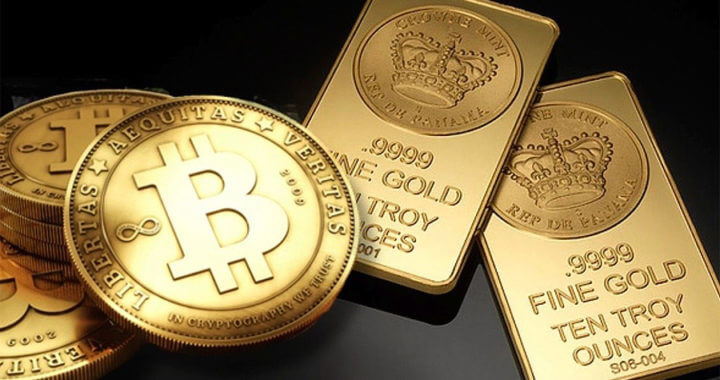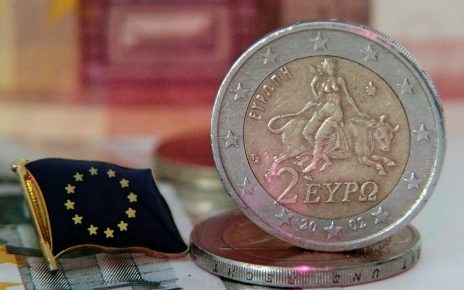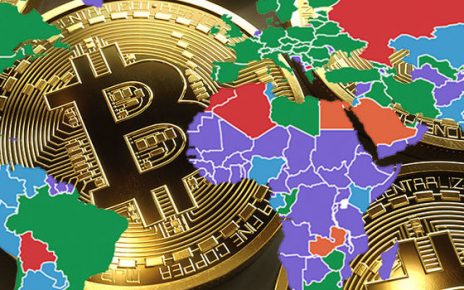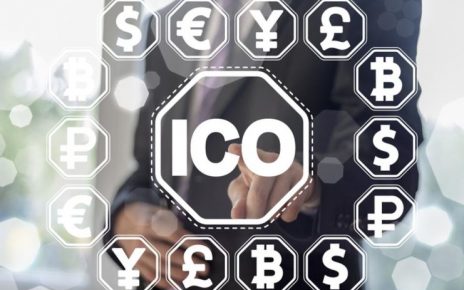The Commission for financial derivatives has just published a guide to virtual currencies. This guide explains the basics about virtual currencies, risk connected with these type of currencies and the role of the Commission in the regulation of virtual currencies.
Daniel Gorfine, the director of the Innovation center of the Commission for financial derivatives said: Since people are paying more and more attention to the virtual currencies and shift their focus to them, we thought the time was right to publish the first guide which would help to explain the entire concept of the virtual currencies and to stress out the accompanying risks which investors and users of virtual currencies should carefully consider.
As stated in the guide, the definition of the commodity with added value is broad and covers physical products (such as corn), natural resources (such as gold) and currencies or interest rates. Moreover, the Commission for financial derivatives is supervising contracts involving derivatives and its jurisdiction is set in motion when virtual currencies are used in contracts about derivatives.
There is a long list of debates whether the virtual currencies are a commodity with added value or a security. Back in 2015, the Commission for financial derivatives recognized bitcoin as a commodity with added value and therefore, it falls under the jurisdiction of the Commission. The Commission for securities recently introduced its own jurisdiction by taking actions against ICO operations. This happened because the Commission for securities found out that some ICO tokens could have characteristics of securities or contracts about derivatives in relation to commodities with added value.
There is a consent between the two commissions – virtual currencies are commodities with added value, and virtual tokens can be commodities with added value or contracts about derivatives, depending on specific facts and circumstances.
Just a day after this report was published the price of bitcoin dropped by 500 dollars to the price of little below 5100 dollars, but has recovered in the meantime. Regulator actions usually create a short term panic among bitcoin traders, after which the price most of the time recovers quickly. In the last couple of months bitcoin recovered several times – after China banned ICO projects and shut down exchanges, after the Commission for securities of the United States announced that ICO tokens could be defined as securities and finally after South Korea completely banned ICO projects. This could be the most trustworthy proof that regulators have limited possibilities to control bitcoin.




